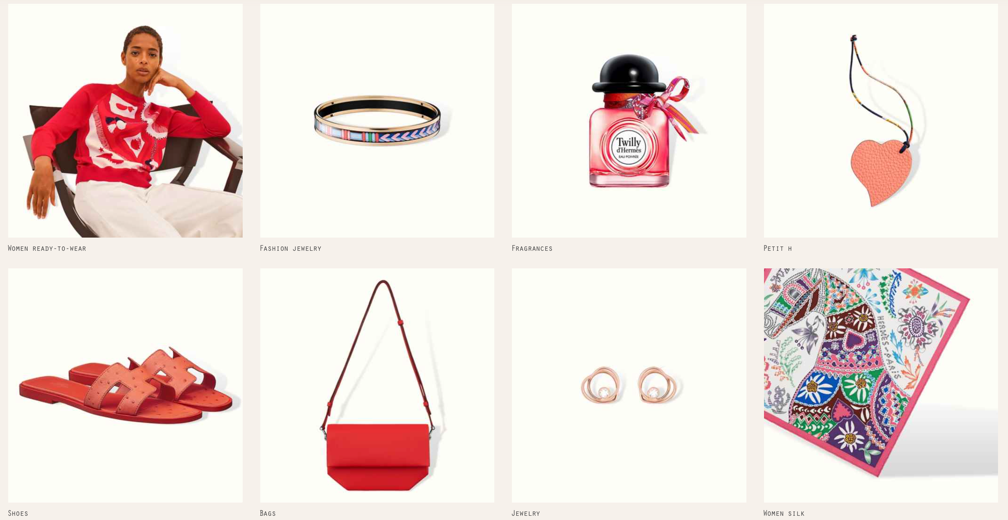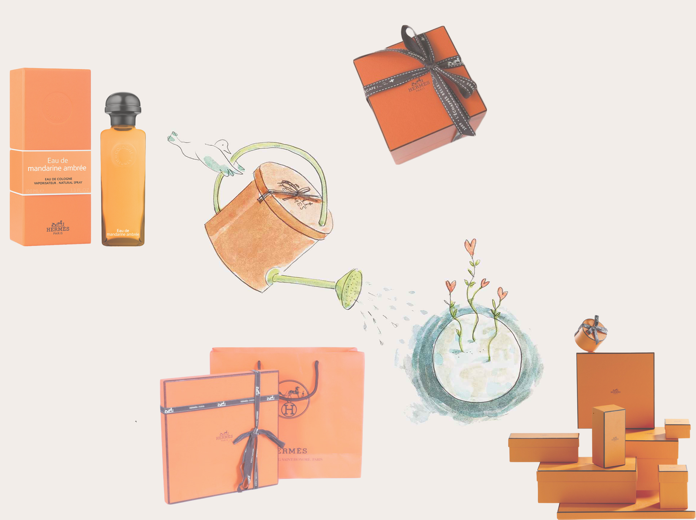There is no doubt that high fashion, realized through luxury brands, gives customers not only a high-quality product that will keep its appearance for a long time but also a subtle sense of superiority and elegance. Thus, the consumer who buys clothes from luxury companies, as a rule, has a higher standard of living and stands out among the crowd qualitatively. The customer’s conviction of the uniqueness of the tailoring, created in their own hand in the best European workshops, is the driving force behind such emotions. However, even in the luxury class, many companies move their production to China, Vietnam, or India in order to save and optimize (Radu, 2019). Thus, the question of this study is an attempt to examine Hermès’ production technology.
A French luxury goods manufacturer, Hermès is a globally recognizable brand with a unique history. In particular, the company began its existence as a supplier of goods for carriages and horseback riding (Roll, 2020). However, maintaining the tradition of producing high-quality leather goods, Hermès later began to focus on the sale of clothing, accessories, and expensive perfumes, attracting a large number of satisfied customers. Unlike competitors in the industry market, the company is not a conglomerate and did not own sub-brands, but instead, Hermès focuses on improving the quality and detailing of its products (Roll, 2020). The European luxury store’s current catalog is mostly leather goods and saddlery, but a not-insignificant portion of its revenue also comes from ready-to-wear, accessories, perfumes, textiles, and silks, as shown in Figure 1.

Brand recognition is guaranteed not only by the product itself but also by the method of packaging. For example, studies have shown that the box for the sold product is not only an essential component of transportation and storage of the material in order to preserve it carefully but also an effective marketing method to attract attention (“The importance,” 2020). It is not difficult to notice this when analyzing the current market: many companies strive to produce a gift bag or packaging design that is immediately recognizable to passersby and gives the owner a sense of confidence and chosenness. Hermès uses a similar philosophy, so all the boxes in which the products are delivered have the recognizable and even predictable look of orange cardboard boxes: as shown in Figure 2. This approach builds a strong brand around the company and encourages thousands of customers to buy the product because of the recognizable box, among other things. At the same time, Hermès does not stop at design alone but uses a multifunctional dictated, it seems, by the environmental awareness of society. The company claims that its materials are environmentally friendly and have the necessary certificates of conformity.

It is true that many companies, for the sake of economic prosperity, move their production to countries with cheaper labor. In turn, this approach causes obvious problems with quality and consumer loyalty, as the customer is not in the mood to buy luxury goods produced by outsourcing (Cheng, 2020). The Hermès brand does not seem to support such practices and, on the contrary, strengthens the potential of production in France. Thus, according to Spencer (2020), by the second half of 2020, Hermès had increased its presence in central France by establishing new handmade factories in Auvergne and Normandy. Moreover, the company is improving national employment rates, hiring more than 250 local artisans for training and further collaboration. Straight from the production halls, goods find their way to fashion boutiques around the world. Thus, the decision to use domestic production is both a successful logistical strategy and the marketing core of the company, ensuring high trust and customer loyalty.
References
Cheng, A. (2020). U.S. consumers are less willing to buy ‘made in China’ items in wake of Coronavirus pandemic: Study. Web.
Radu, S. (2019). Countries seen to have the lowest manufacturing costs. Web.
Roll, M. (2020). Hermès – the strategy insights behind the iconic luxury brand. Web.
Spencer, M. (2020). The luxury firm will begin training future artisans for the new workshops in Auvergne in November from temporary digs. Web.
The importance of product packaging design. (2020). Web.
The resourceful orange box. (2021). Web.
Whirlwind of color. (2021). Web.